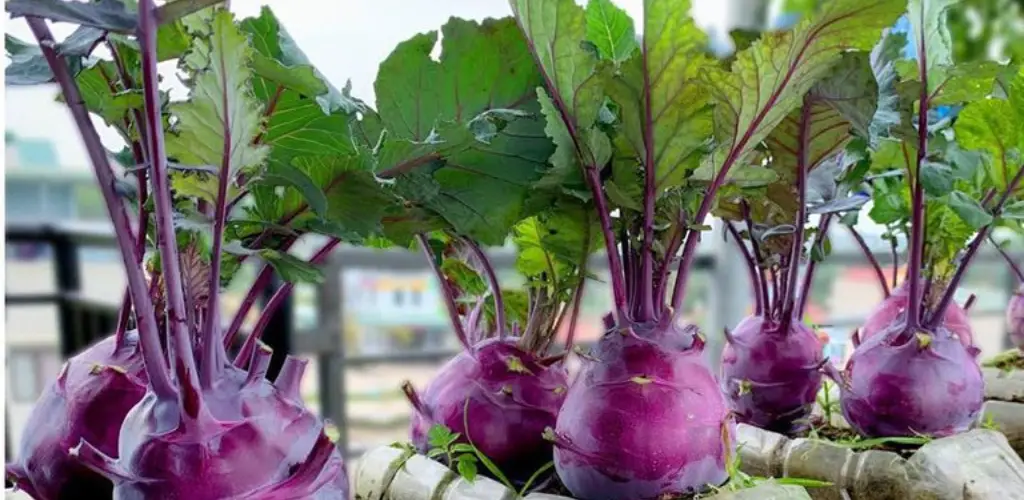
Introduction Growing kohlrabi in plastic bottles is a great way to recycle and enjoy fresh vegetables, even when space is limited. This method is perfect for urban gardeners or those who want to try their hand at home gardening without committing to a large garden plot.

Choosing the Best Kohlrabi Varieties for Containers When it comes to container gardening, not all kohlrabi varieties are created equal. When growing in plastic bottles, opt for smaller, compact varieties that work well in tight spaces. ‘Quickstar’ and ‘Kolibri’ are excellent choices due to their smaller size and quicker maturation. These varieties are less prone to growing too large for the container and will thrive in the limited bottom volume of a plastic bottle.
Preparing Your Plastic Bottles To start, you’ll need clean, large plastic bottles – 2 liter soda bottles work great. Cut off the top third and poke several drainage holes at the bottom. If you’re creative, you can paint or decorate the outside of the bottles to your liking. However, make sure the paint is non-toxic and safe for plants.
Soil and Planting Use high-quality potting soil to fill your bottles. This mixture should be light and well-drained to avoid waterlogging. Sow kohlrabi seeds directly into the soil and plant them about 1 cm deep. You can start seeds indoors and move them outside in warmer weather. If you live in a mild climate, you can grow them outdoors all year round.
Sunlight and location Kohlrabi needs a lot of sunlight. Therefore, place your bottle gardens in a location that receives at least 6 hours of direct sun daily. Typically, south-facing window sills, balconies or terraces are ideal.
Watering and Fertilizing Regular watering is crucial for bottle gardening as the soil can dry out quickly. Water your kohlrabi whenever the top inch of soil feels dry. Be careful not to overwater as poor drainage can lead to root rot. Feed your plants with a diluted liquid fertilizer every few weeks to provide them with the nutrients they need.
Pest and Disease Management Keep an eye out for common pests like aphids and cabbage worms. Since you are gardening in containers, it is easier to control these pests manually or using organic methods. Diseases are less likely to occur in well-drained containers, but diseased leaves should always be removed promptly.
Harvest Harvest your kohlrabi when the tuber stalk reaches a diameter of about 5 to 7 cm. This size ensures that the vegetables are tender and flavorful. To harvest, gently pull or cut the stem at the base.
Conclusion: Growing kohlrabi in plastic bottles is a fun and environmentally friendly way to grow your own vegetables. It’s a simple, space-saving solution that can deliver delicious results. Have fun gardening!
Do you like that? Share inspiration with your friends!
